Ukraine weapons: What tanks and other equipment are the world giving?
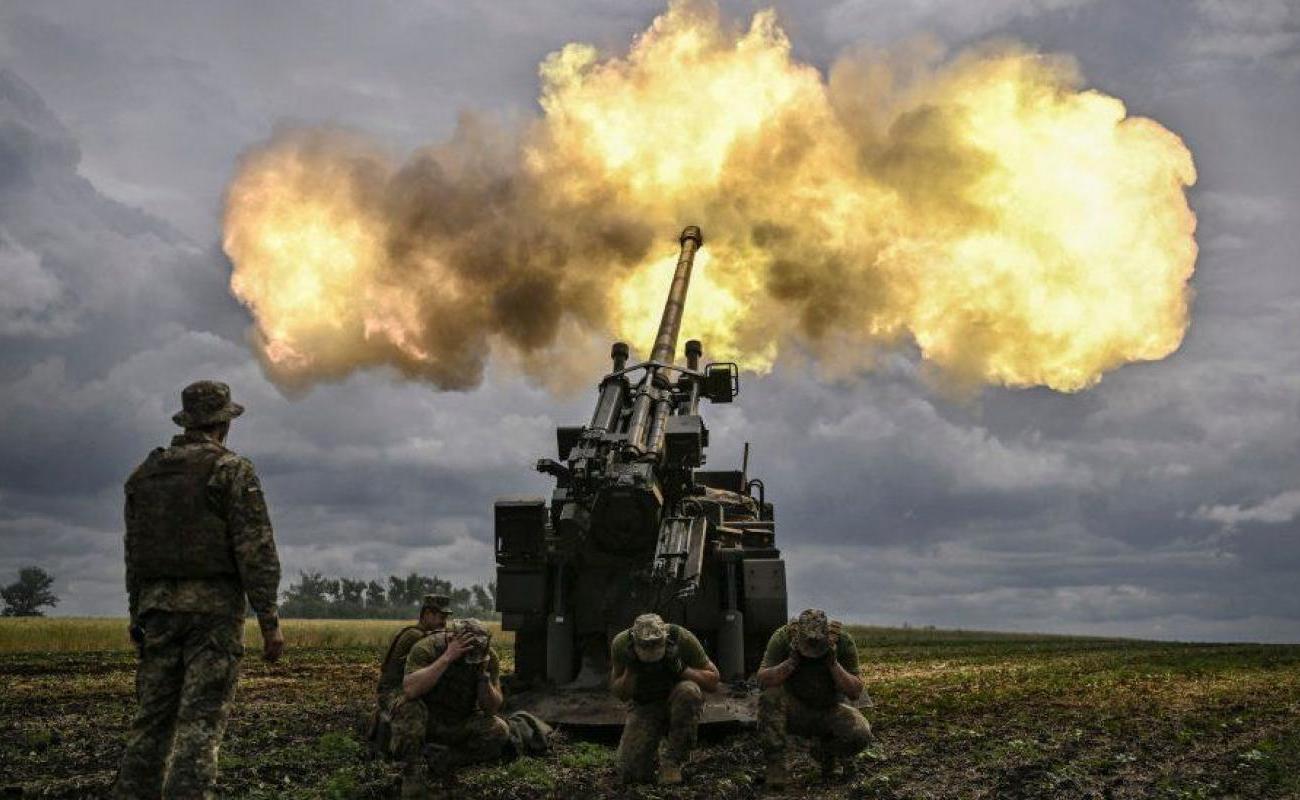
Since the start of the war in Ukraine, Kyiv has been provided with a huge range of military equipment by more than 30 countries.
The US announced fresh support worth $2.5bn (£2bn) this week, including armoured vehicles, but not main battle tanks which have been requested by Kyiv.
The UK has said it will send Challenger 2 tanks to help Ukraine's war effort, and Berlin is facing calls to allow German-made Leopard 2 tanks to be sent.
Ukraine's requirements have changed significantly as the war has progressed.
Tanks
Ukraine's President Volodomyr Zelensky says his forces need Western main battle tanks urgently, to defend territory from Russian attack, and to push Russian troops out of occupied areas.
Some Western officials similarly believe that Russian forces are currently in a weak position, and that there is a window of opportunity in which more advanced tanks may help Ukraine to push forward.
The UK has agreed to provide 14 Challenger 2 tanks to Ukraine.
Challenger 2 is the British army's main battle tank.
Challenger 2 was built in the 1990s, but is significantly more advanced than other tanks available to Ukraine's armed forces.
Ukraine used Warsaw Pact designed T-72 tanks prior to the invasion, and since February 2022 has received more than 200 T-72s from Poland, the Czech Republic and a small number of other countries.
In the months which followed the Russian invasion, Western nations were keen to offer Ukraine Warsaw Pact rather than Nato standard weaponry, because Ukraine's armed forces had a ready supply of trained crew, spare parts and maintenance capabilities.
Switching to Nato standard tanks would have required a range of logistical support which Ukraine did not have in place.
Now, Ukraine wants German Leopard 2 tanks, used by a number of European countries.
Germany has been under intense international pressure to donate Leopard 2s, but has not done so and crucially has not given its permission for other countries with Leopard 2s to pass them to Ukraine.
The Leopard 2 is easier to maintain and requires less fuel than some western alternatives.
Reports suggest that Germany will not change its position on Leopard 2s unless the US sends its own Abrams main battle tanks.
The US is by far the largest donor of military aid to Ukraine overall.
US officials say they are not ready to do this. "The Abrams tank is a very complicated piece of equipment. It's expensive. It's hard to train on. It has a jet engine," according to the Pentagon's top security adviser, Colin Kahl.
Combat vehicles
Military professionals point out that success on the battlefield requires a vast range of equipment, deployed in coordination, with the necessary logistical support in place.
Among the many vehicles donated to Ukraine is the Stryker armoured fighting vehicle.
On Thursday, the US announced it was sending 90 Strykers.
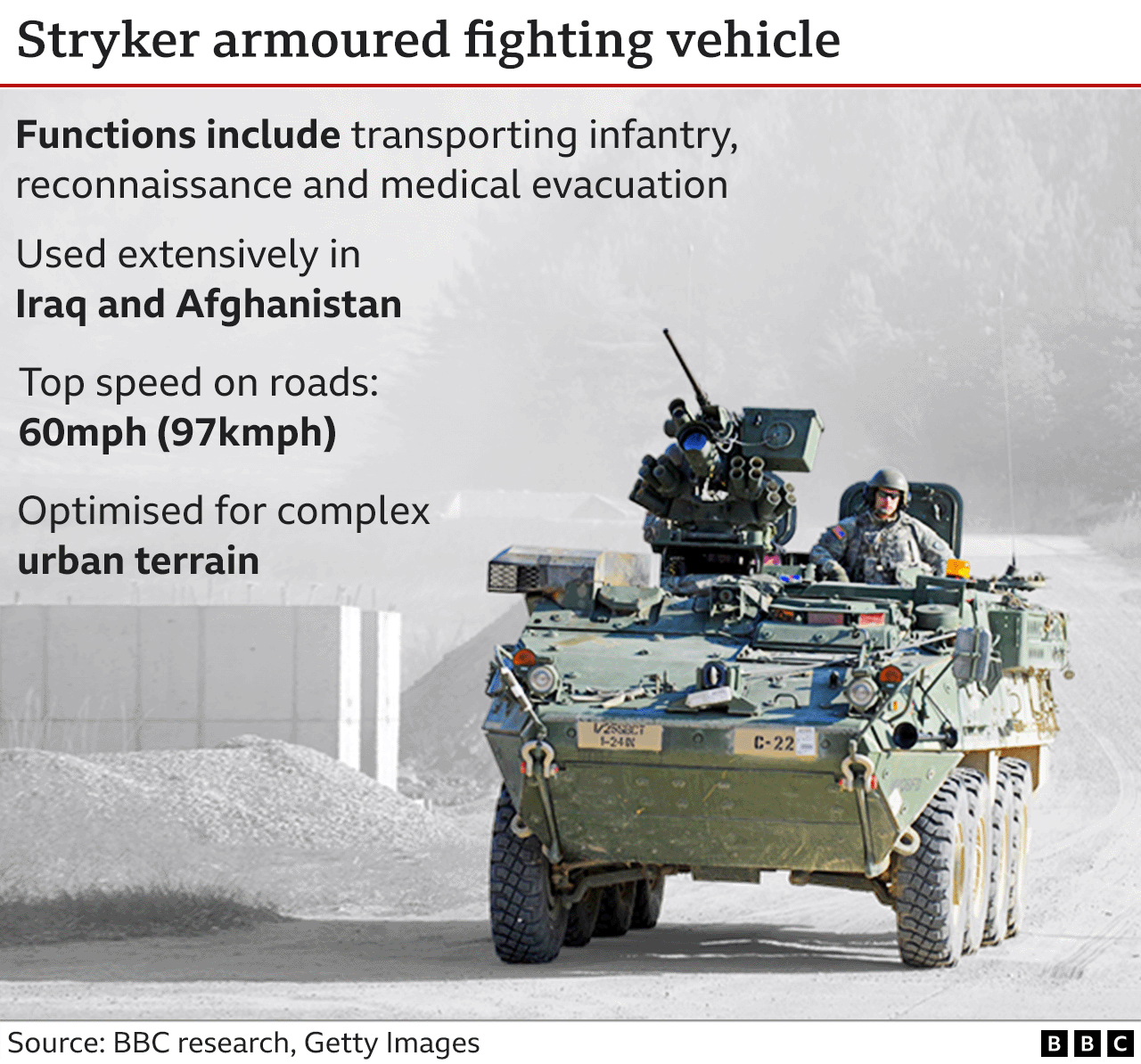
Among the other vehicles donated by the US this week are 59 more Bradley infantry fighting vehicles. They were used extensively by US forces in Iraq.
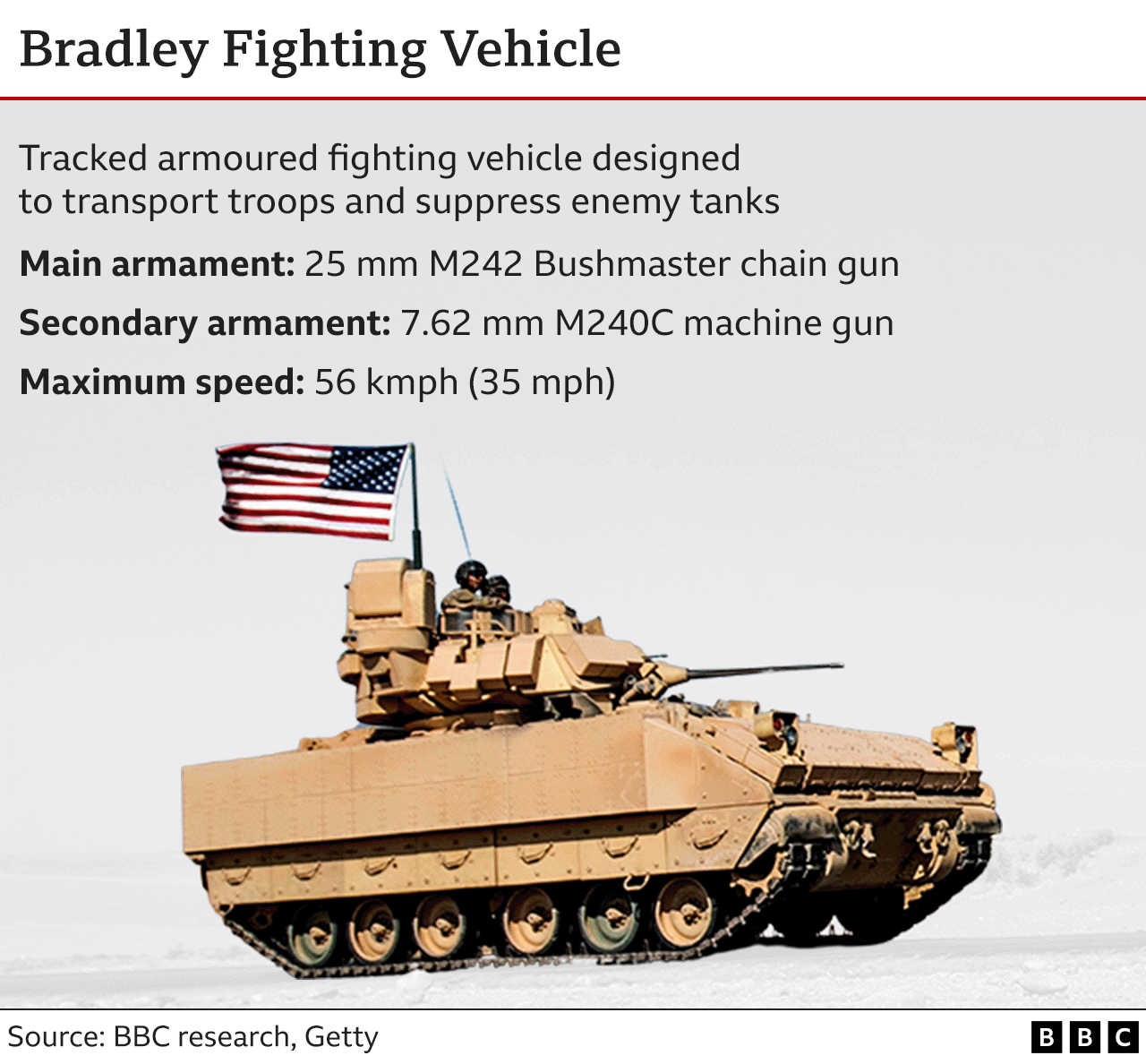
Air defences
On 21 December, the US announced it was sending the Patriot missile system to Ukraine.
On Thursday, Germany and the Netherlands also announced they were donating Patriot launchers and missiles.
This highly sophisticated system has a range of up to 62 miles (100km), depending on the type of missile used, and requires specialised training for Ukrainian soldiers, likely to be carried out at a US Army base in Germany.
But the system is expensive to operate - one Patriot missile costs around $3m.
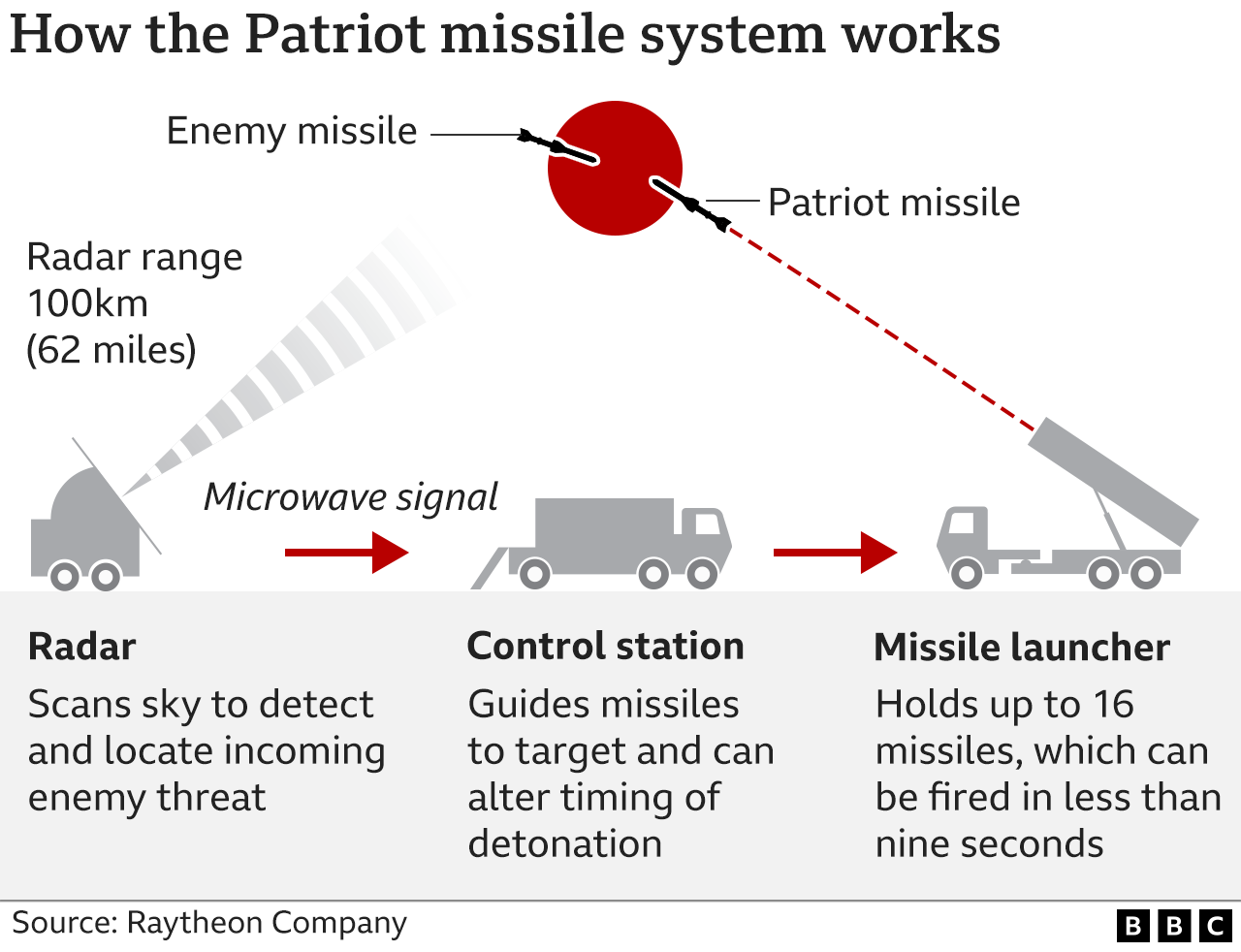
Since the start of the conflict, Ukraine has been using Soviet-era S-300 surface-to-air systems against Russian attacks.
Before the conflict began in February, Ukraine had about 250 S-300s and there have been efforts to replenish these with similar systems stockpiled in other former Soviet countries, with some coming from Slovakia.
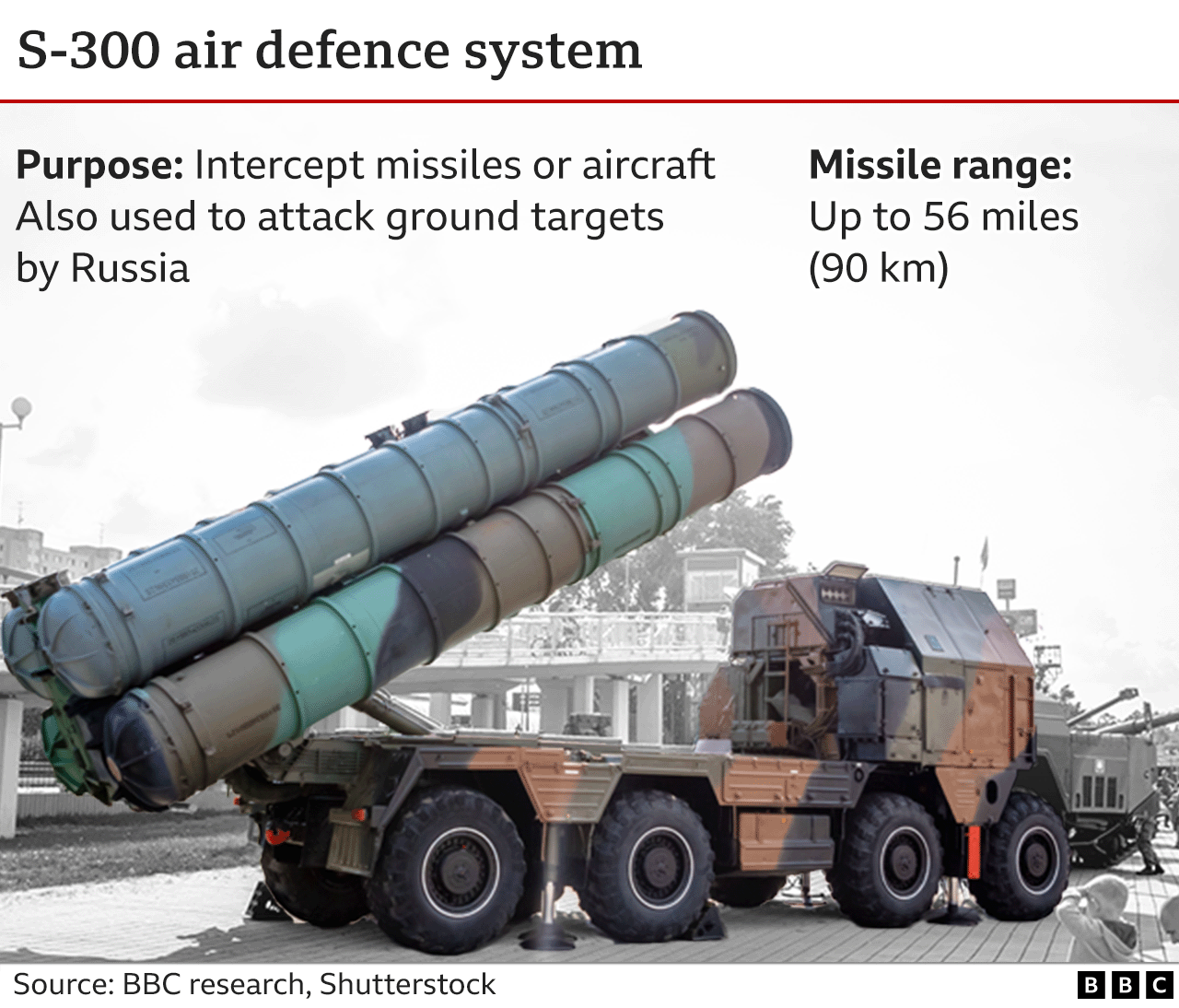
The US has also provided Nasams (National Advanced Surface-to-Air Missile System) to Ukraine. The first Nasams arrived in Ukraine in November.
In addition, the UK has provided several air defence systems, including Starstreak, designed to bring down low-flying aircraft at short range.
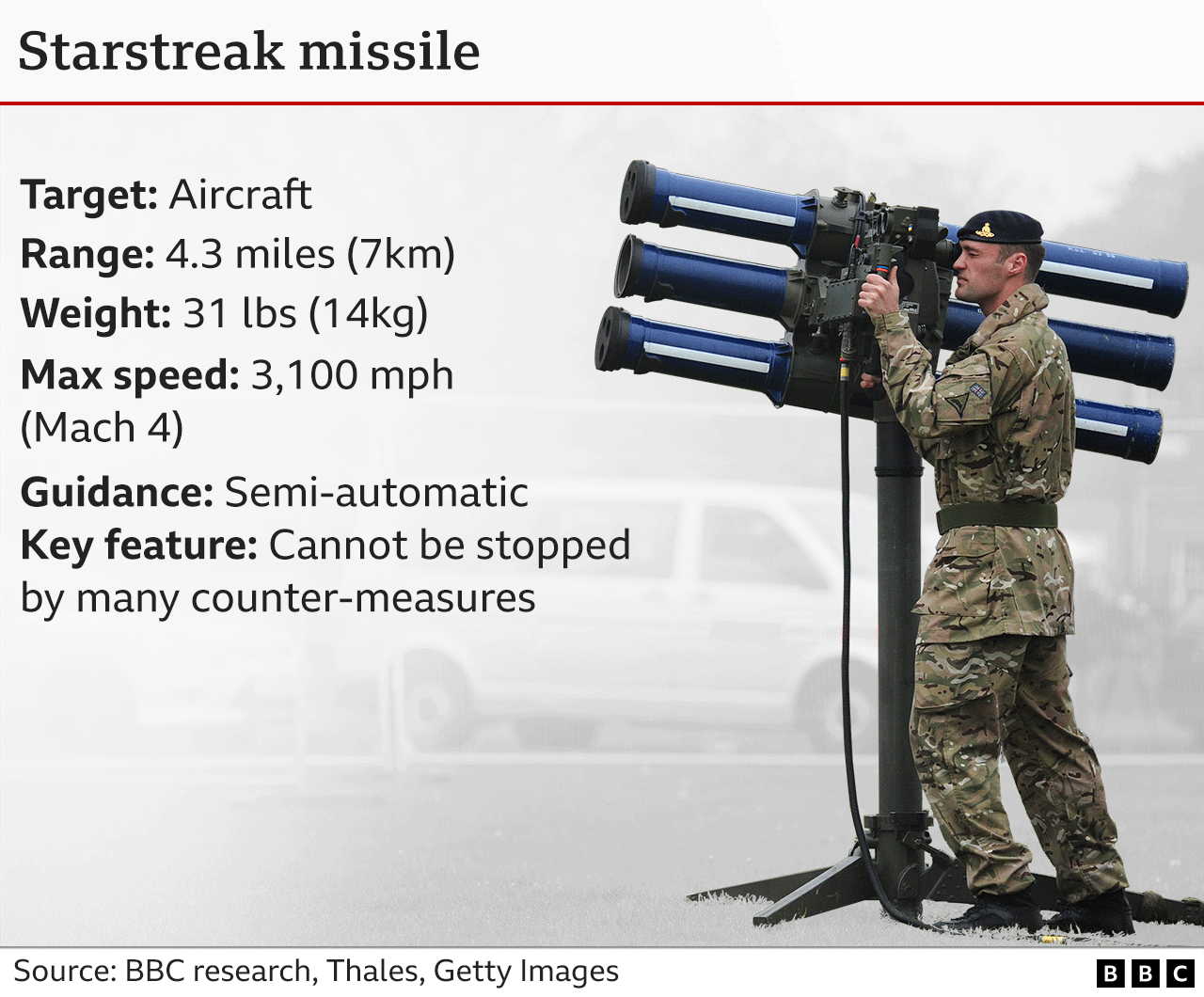
Germany has also provided air defence systems, including the IRIS-T air defence systems which can hit approaching missiles at an altitude of up to 20km.
Long-range rockets
Among the long-range rocket launchers sent to Ukraine by the US are the M142 High Mobility Artillery Rocket System or Himars. Several European countries have also sent similar systems.
Himars are believed to have been central to Ukraine's success in pushing Russian forces back in the south, particularly in Kherson in November.
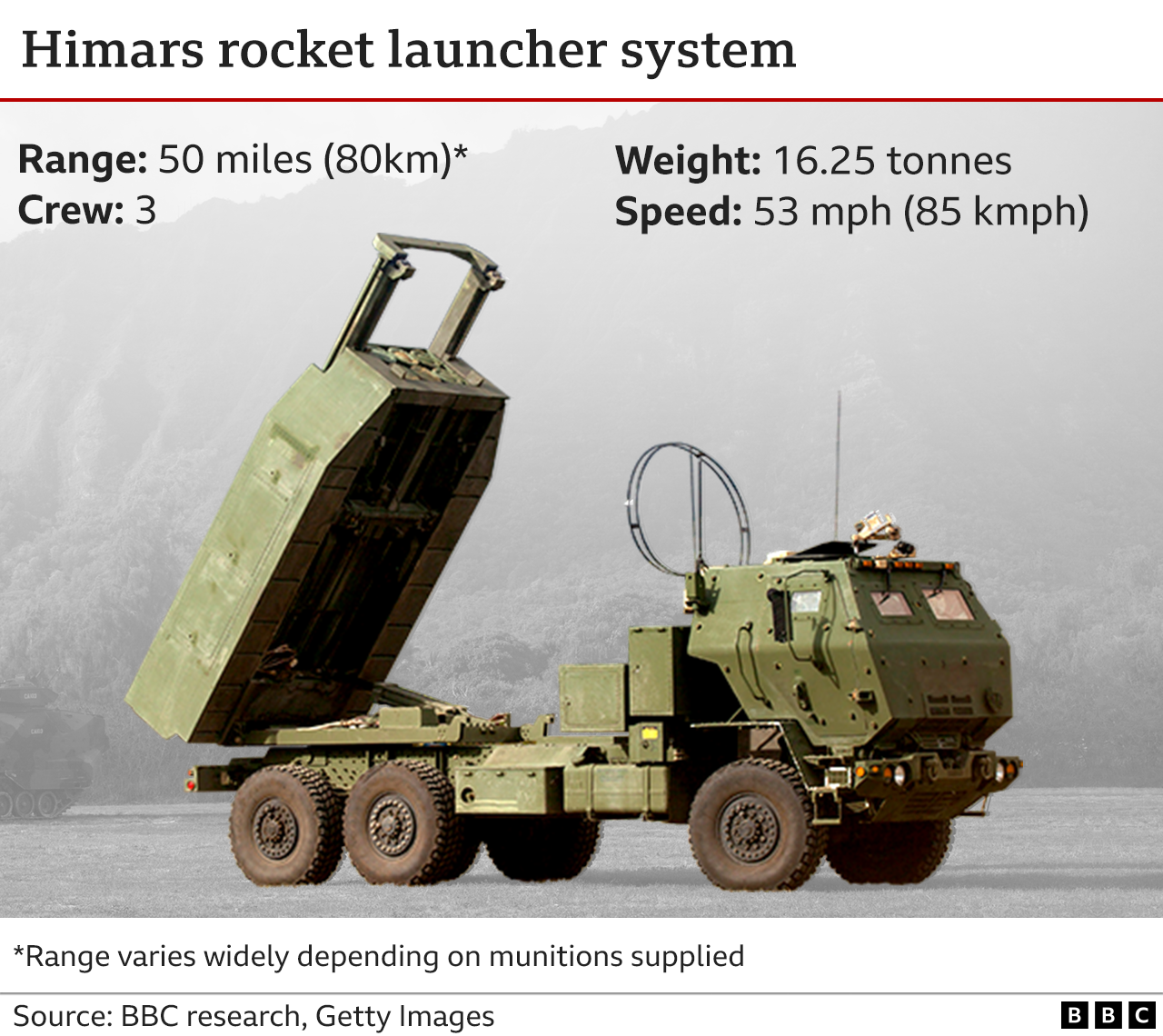
Crucially, the range of Himars, and many other systems, varies according to the munitions used, and it is believed that western donors have not provided the ammunition with the longest range.
The munitions thought to have been supplied to Ukraine give the system a range of about 50 miles (80km), which is further than the Smerch system on the Russian side.
Himars systems are also much more accurate than the equivalent Russian systems.
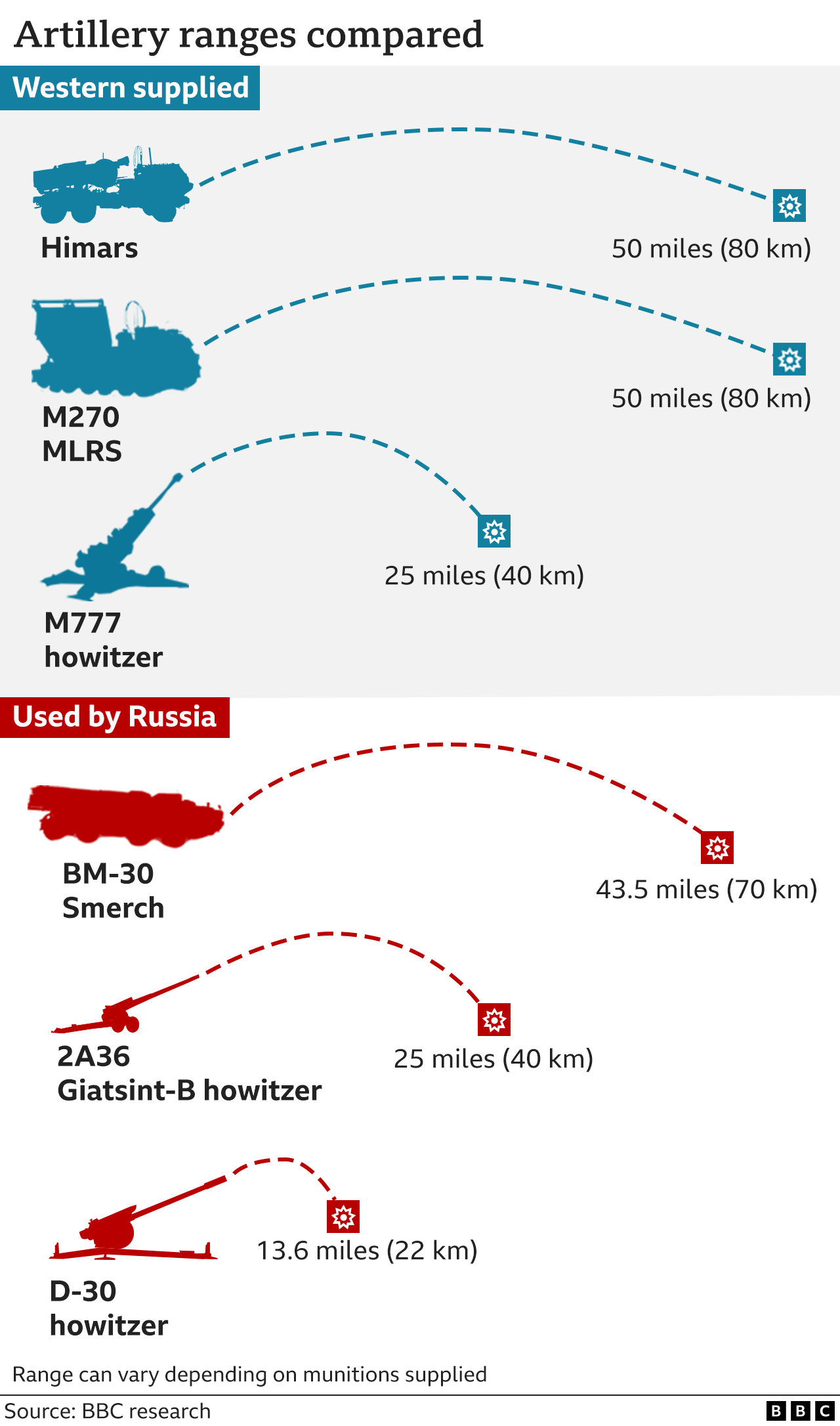
Howitzers
In the months following the invasion and Russia's retreat from Kyiv, much of the war centred on the east of the country where supplies of artillery to Ukraine were in heavy demand.
Australia, Canada and the US were among the countries to send advanced M777 howitzers and ammunition to Ukraine.
The range of the M777 is similar to Russia's Giatsint-B howitzer, and much longer than Russia's D-30 towed gun.
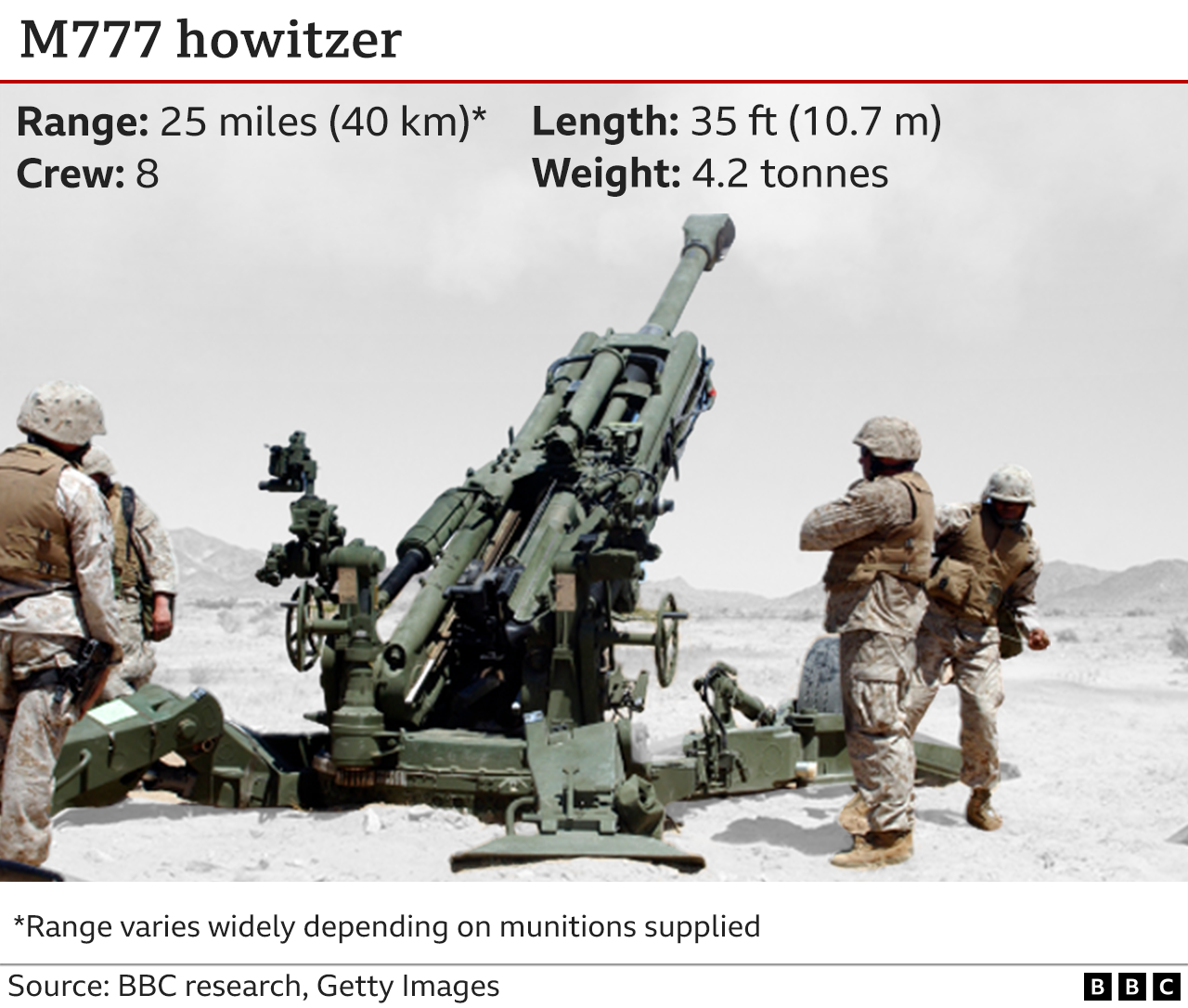
Anti-tank weapons
Thousands of Nlaw weapons, designed to destroy tanks with a single shot, have also been supplied to Ukraine.
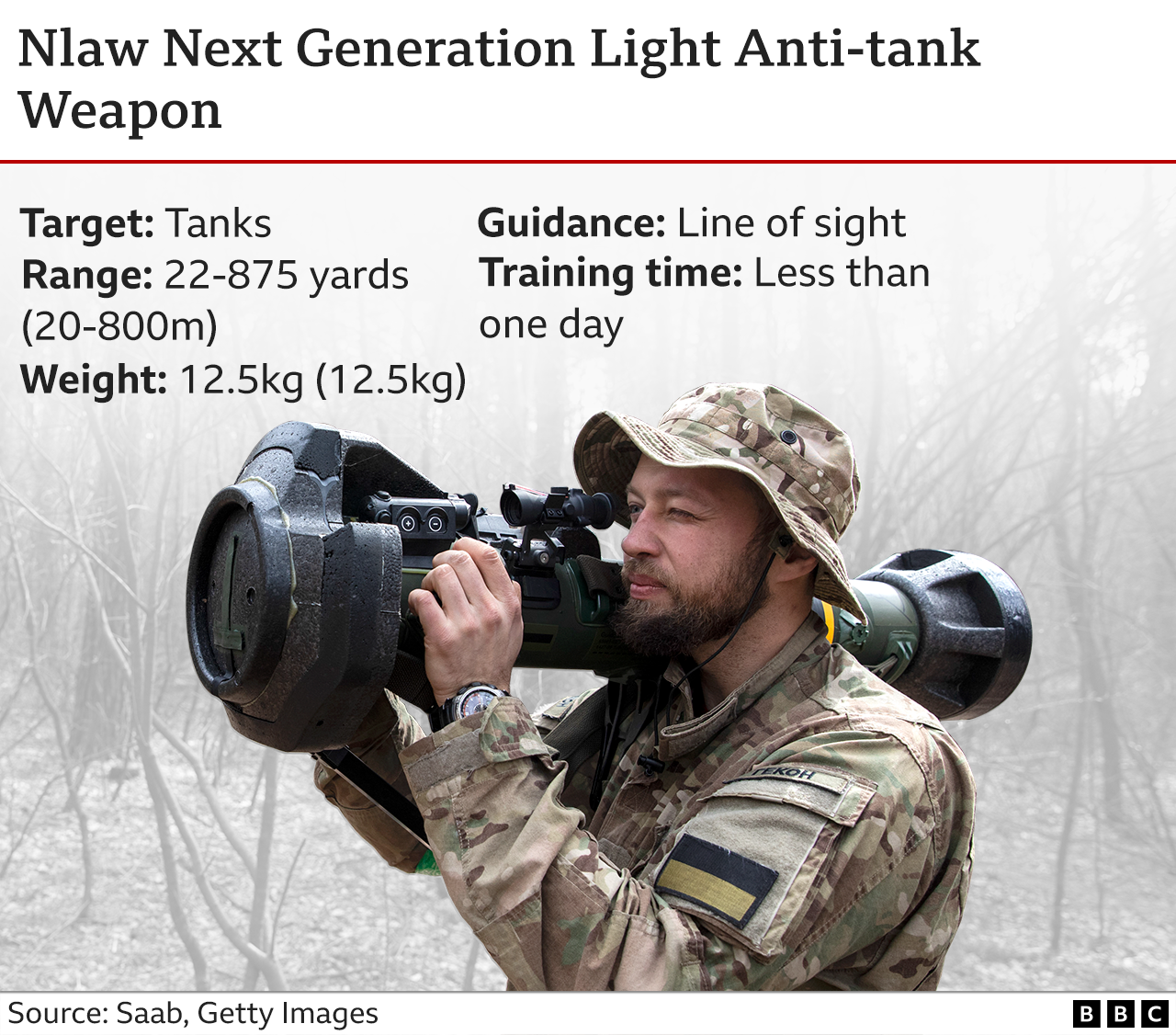
The weapons are thought to have been particularly important in stopping the advance of Russian forces on Kyiv in the hours and days following the invasion.
"Nlaw was absolutely critical to the defeat of Russian ground thrusts in the early stages of the war," according to Justin Bronk of the Royal United Services Institute.
Drones
Drones have featured heavily in the conflict so far, with many used for surveillance, targeting and heavy lift operations.
